Hydrangeas are one of the most popular perennial garden shrubs, mostly due to their mesmerizing big flowers in pink, white or blue color and nice foliage, even in autumn. They add a vintage charm to any garden. But they are not only beautiful but if you follow our Step-by-Step Hydrangea Care & Maintenance Guide, you’ll find that they are also very easy to care for. What makes them fascinating is the ability to change the color of the flowers.
Hydrangeas are easy to care for, easy to grow, hardy, and resistant to most pests and diseases; with so many varieties to choose from, Hydrangeas are a must-have in every garden. You can also grow them in containers. Their flowers make stunning floral arrangements, used both fresh and dried.
If you’d like to have these pretty ladies in your garden, all you need to do is follow our General Hydrangea Care & Maintenance Guide and learn how to plant them, grow them and take proper care of them.
Selection

photo via debsgarden.squarespace.com
The first thing you need to do before planting Hydrangeas in your garden is to choose the right varieties. There are two main groups: plants that bloom on new growth and plants that bloom on old growth. Hydrangeas’ first group form their buds in early summer on new growth and are pretty easy to care of. Panicle and Smooth Hydrangeas are the most popular varieties from this group.
The second group, or plants that bloom on old growth, are Hydrangeas that you should consider if you line in Zone 8 or warmer. Oakleaf, Bigleaf, and Climbing Hydrangeas are some of the best varieties from this group.
Planting
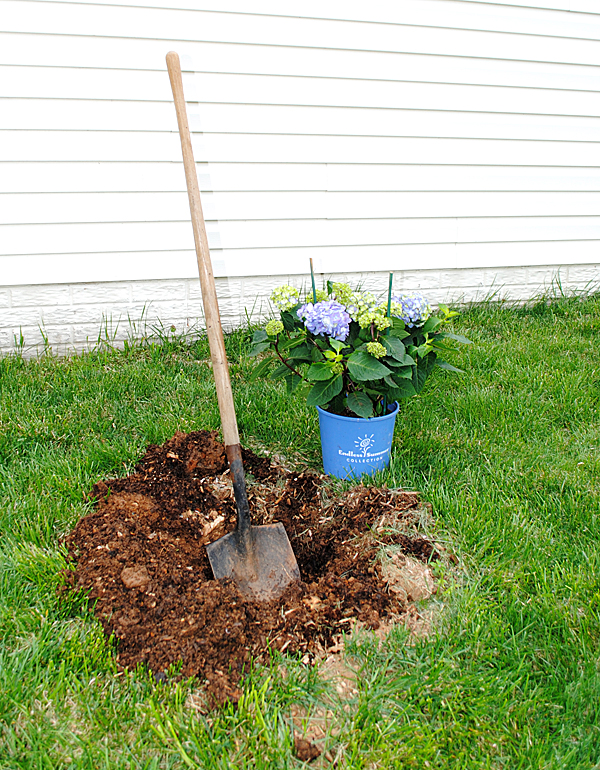
photo via thegraphicsfairy.com
Hydrangeas prefer moist, well-drain soil. Choose a location that is in a cool, semi-shady part of the garden. Some sun in the mornings is welcomed. Avoid an over-exposed location where winds can damage the young spring growth. Hydrangeas should be planted in spring or fall. It is important to plant them properly, which means digging a hole as deep as the root ball, but 2-3 times wider. When done, put the plant in, fill half of the hole with water, let it drain then fill in the rest of the hole. Water again. It is best to plant Hydrangeas 3 to 10 feet apart.
Fertilizing
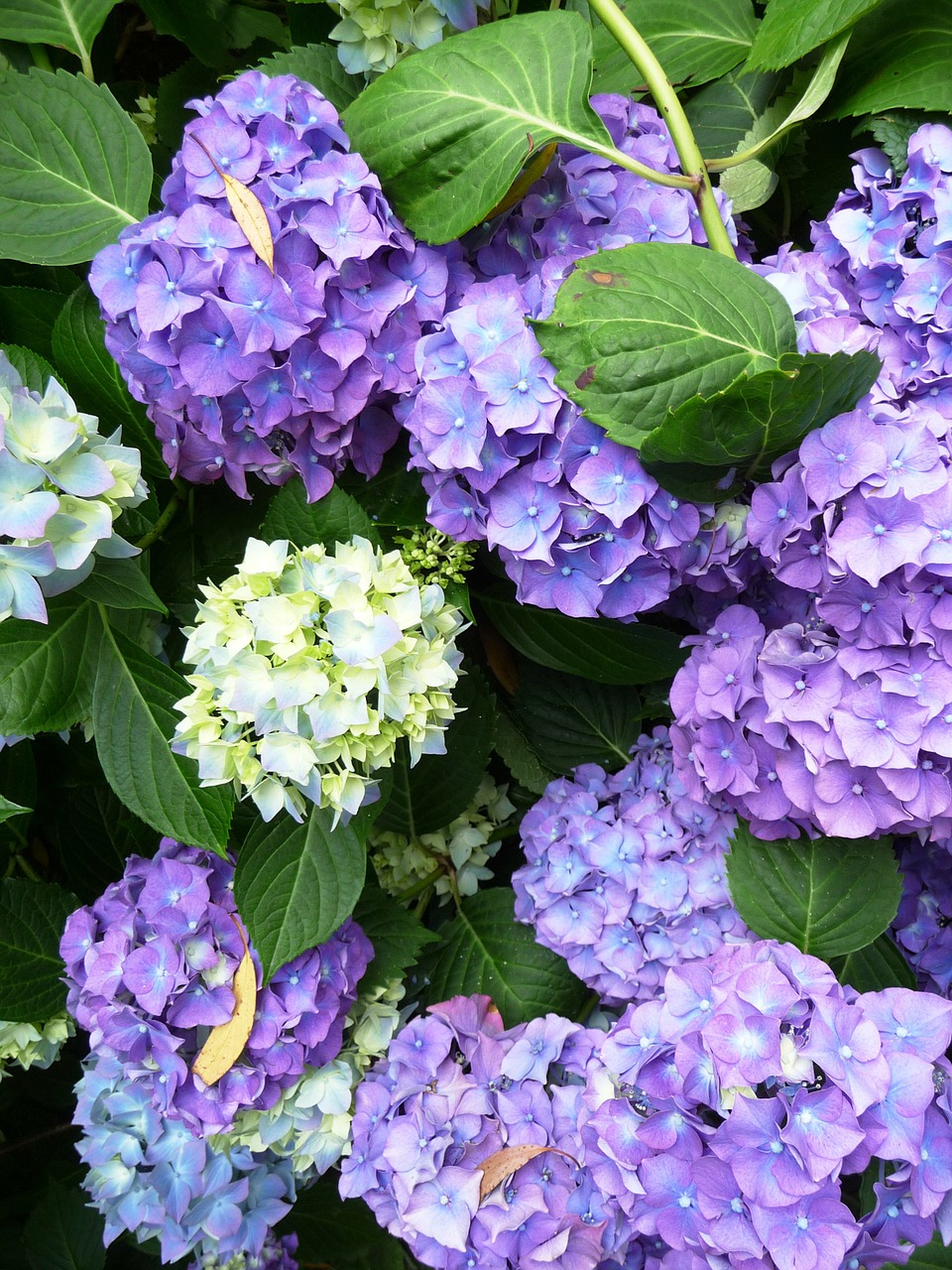
It is recommended to use some organic matter into the soil before planting and afterwards as well. Mulch is a great choice – choose leafmould, garden compost, composted bark, or farmyard manure. Use fertilizers in spring or early summer. It is best to use granular fertilizer that is slow-releasing. Don’t overdo it with the fertilizer; just follow the packing instructions as too much fertilizer can cause hydrangeas to grow big green leaves without many flowers.
Watering and Propagation
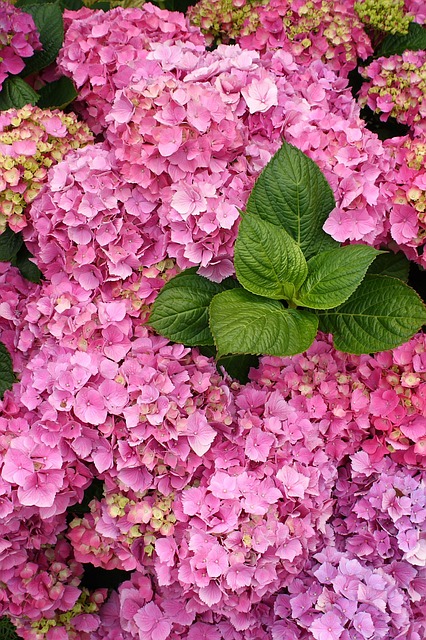
As we already mentioned, you should thoroughly water Hydrangeas right after planting. It is crucial to keep your Hydrangeas well watered, especially during the first couple of years. Dry soil will make the beautiful leaves wilt. They enjoy deep watering at least once a week, especially in dry weather. You can grow Hydrangeas from softwood, semi-ripe, or hardwood cuttings, but the climbing types are best layered as well as from seeds during seed. They are easily transported in fall or winter while they are dormant.
Pruning
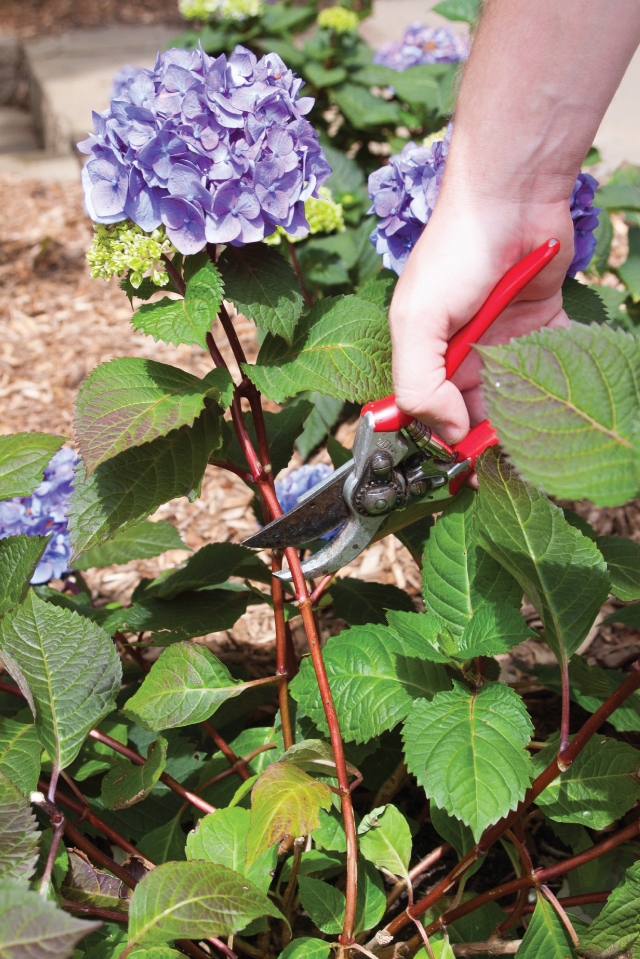
photo via endlesssummerblooms.com
To prune or not to prune? This is the everlasting question with Hydrangeas. They actually need very little pruning daily so you can enjoy their beautiful flowers all summer long. If you prune too much, you will be removing potential blooms. Make sure you don’t over prune, especially if you want to shape the plant or cut fresh flowers. Climbing Hydrangeas are pruned after flowering, while the shrubby ones in early spring.
Pests

photo via hydrangeasblue.wordpress.com
The good thing is that Hydrangeas are almost trouble-free. Most insects and diseases can attack in summer. Some of the common pests that affect Hydrangeas are gray mold, slugs, powdery mildew, rust, ringspot virus, and leaf spots. It is important to identify the problem and stop it on time. Take Cercospora leaf spot, for instance. They are brown spots that sometimes have purple halos, so if only a few leaves are affected, remove them and destroy them. Don’t put them in the compost pile, where this disease can spread.
Overwintering
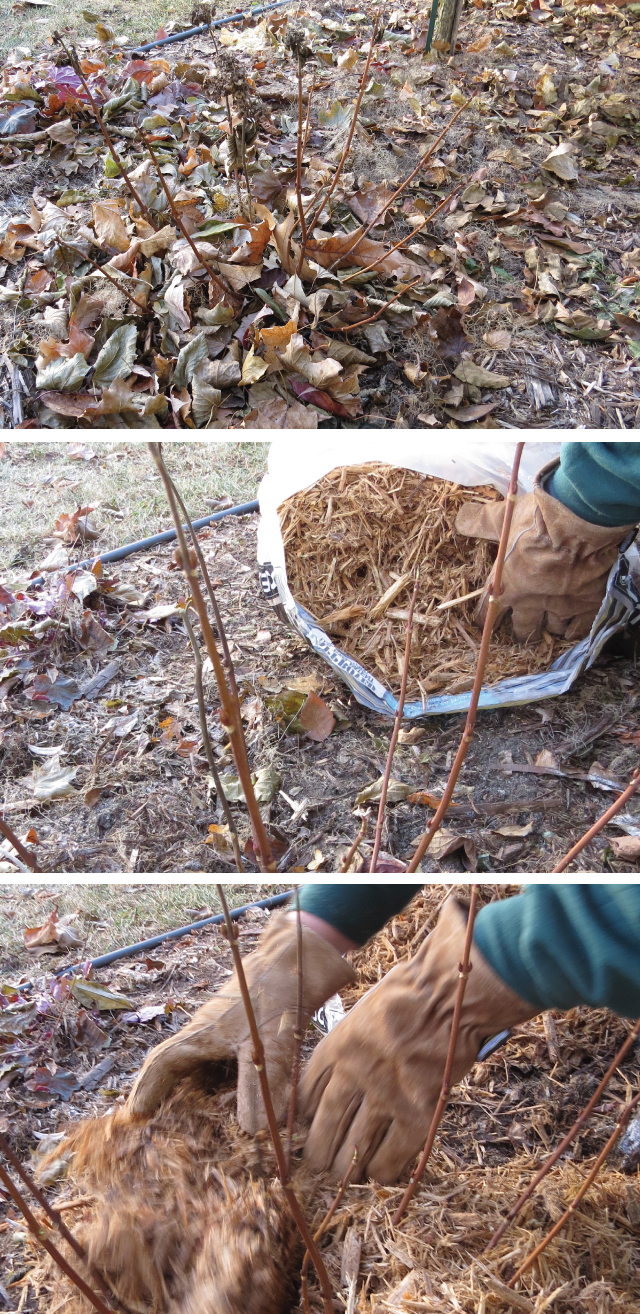
photo via endlesssummerblooms.com
Protect your Hydrangeas from freezing winter temperatures with leaves, wood mulch, or straw. After a hard freeze in the fall, cut plants back to 12-15” tall and cover the crown and old wood with a thick helping of mulch. Don’t remove the mulch too fast when spring arrives, as there still might be some freezing nights. Wait until the danger of frost is totally over. If you have container Hydrangeas, bring them inside over the winter. Keep them in your basement or garage and water them lightly.
Flower Color
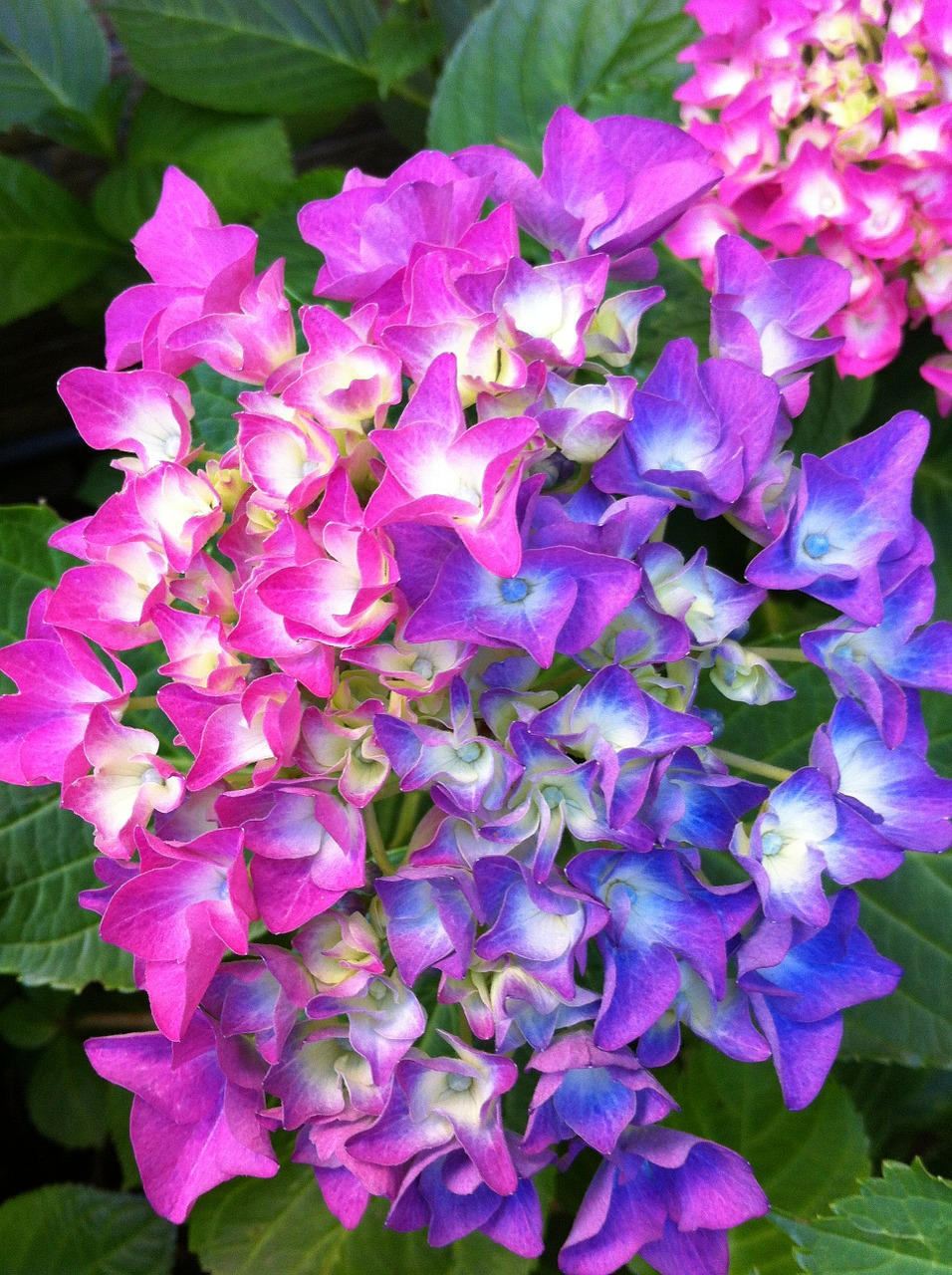
Hydrangeas are fascinating plants. They can change the color of their beautiful blooms. This stands for endless summer Hydrangeas (Hydrangea macrophylla, H. involucrata, and H. serrata ) only. What makes the color change is the soil pH which affects aluminium availability. Blue or pink flowers tend to be blue in acid soil conditions, mauve in acid to neutral soil conditions, and pink in alkaline conditions. White and green flowered Hydrangeas will not change their color. Using rainwater can also affect the color change, turning blue flowers into pink. To encourage blue blooms in alkaline soils, add aluminum sulfate, composted oak leaves, pine needles, or coffee grounds. To encourage pink blooms in acidic soil, add wood ashes, lime, or fertilizers with high phosphorus levels.
Hydrangeas in Containers
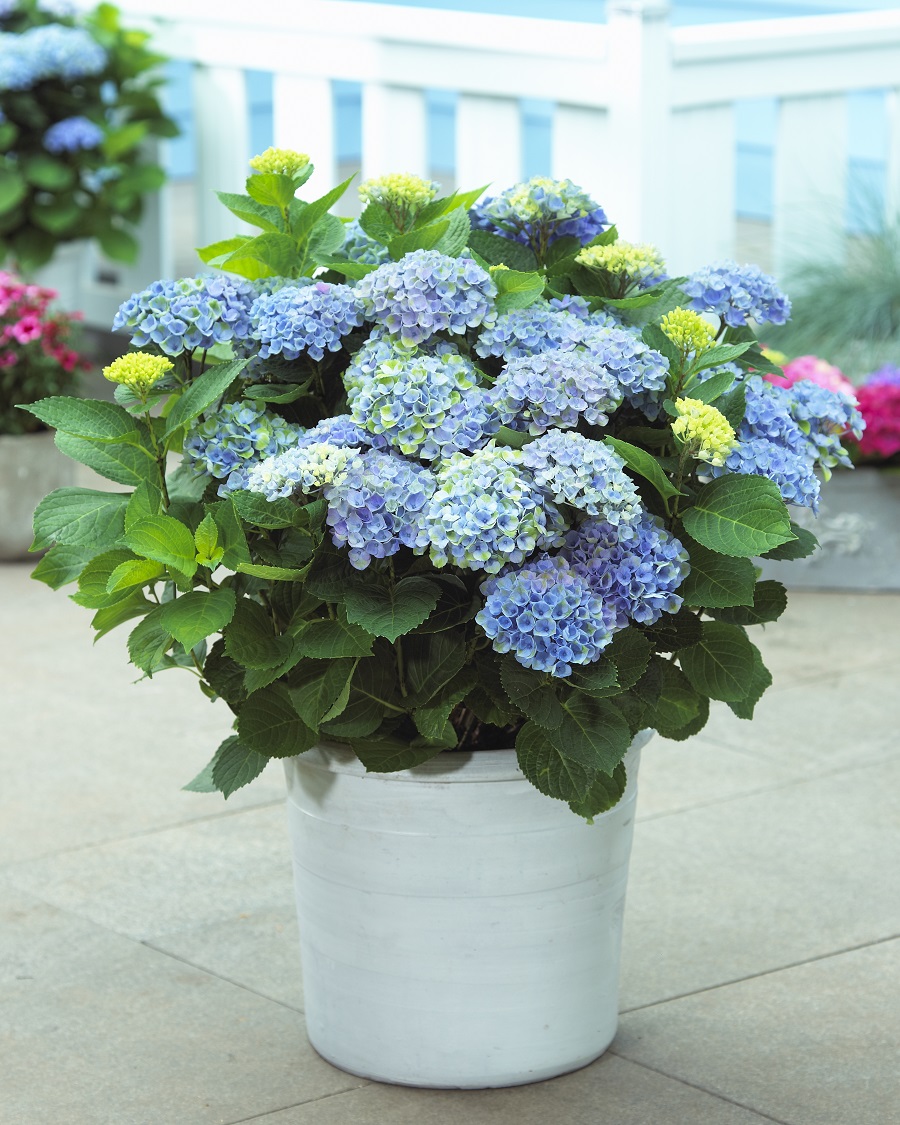
via bhg.com
The key to Hydrangeas’ successful growth in containers is not to keep them indoors for too long. If you make the right choices, you will have gorgeous Hydrangeas in pots. Choosing the right location (morning sun, afternoon shade) is the first thing to do. Also, make sure you choose large containers with holes for drainage. Choose a good quality potting soil with organic matter. Go with varieties suitable for your region. Control the size of your Hydrangea bush by pruning it. As for watering, you should simply check the topsoil layer – when it feels dry, it means you should water thoroughly. Fertilize your container Hydrangeas once or twice a year, and don’t forget to snip them off when flowering is over to encourage new growth.
Harvest
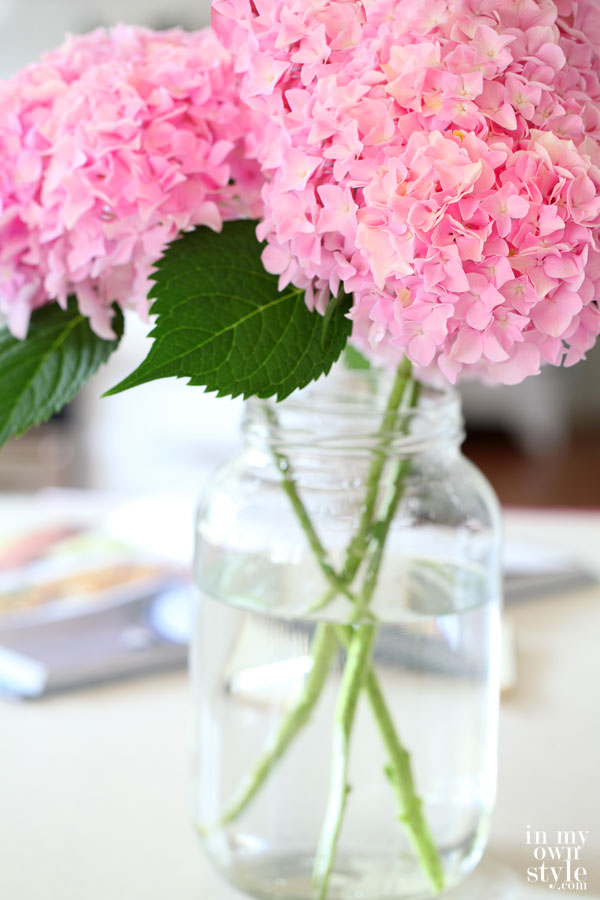
photo via inmyownstyle.com
Hydrangeas flowers are perfect to use in flower arrangements and are quite popular as wedding flowers. You can use them both fresh and dried – they are beautiful either way. If you want to use them like fresh flowers, choose fully opened ones as those who are not may wilt. If you want to dry them, then use them for arrangements, wreaths, or similar; harvest the heads when the flowers matured and develop a papery consistency. Then you should remove the leaves from stems and hang them upside down in a warm, dry, dark, airy room. When dried, store in a dry location out of direct sunlight.

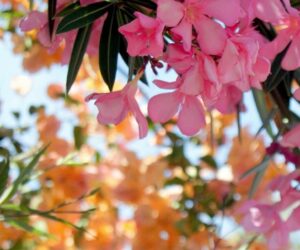
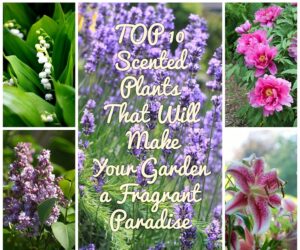

I cannot get my hydrangeas to flower. I’ve tried fertilizer, tons of water, even an old wise tale; coffee grounds. Please help
add some pine needles to the soil. they like acidic ground. make sure they are getting enough sun too
Green pine needles or brown needles that have fallen to ground?
Lisa, I am having the same problems, i will be trying the pine needles. However i see your post was from a year ago. Did you have any luck this year Lisa?
If you don’t prune them or cut them back in fall, they will flower in spring
My sons girlfriend bought 2 hydrangeas and all the leaves fell off. I think they had too much sun. She brought them to me and I repotted them. The stems are not dry and brittle. I am hoping to save them. My only problem is that there is a fungus on the branches that are brittle. what can I do to save these plants?
Just a thought, but you might spray them with a combination of water and white vinegar.
Why do my hydrangeas not bloom every year
I have a huge plant…healthy beautiful leaves but no flowers for two years. (It bloomed it’s first couple of years.) This Spring I applied bloodmeal to the soil and it is now covered in blooms!
They won’t flower if they get afternoon sun and heat.
Ive 5 that get afternoon sun and are in full bloom every year, maybe 8 years!!!!
i was told to add aluminum sulfate to the soil
My hydrangeas get afternoon sun and I have tons of Blooms!!
mine bllom but they dont grow….I have them in front of a black fence and wonder if that is hurting it?….but so hot in the summer and it does get mid morning sun…..
Will my hydrangeas grow on the north side of my house?
Absolutely. Just make sure they don’t get too much afternoon sun.
Don’t prune the old branches because that’s were you will have your blooms next year
I recently planted my hydrangeas but the leaves have wilted and looks really bad. There is a lot of sand. They get plenty of sun and I water daily. I lost all the blooms. What can I do to save them?
I have tried several spots but now I wonder if the afternoon sun is the problemm I put it there because it is close to a spruce tree… but may be better on north side of fence 5 feet from tree… with a bit of shade… and then how do I get enough acid to them..::? I lpve them as had them at our home as a child in Ontario.. Now in Edmonto Alberta… Don’t have good luck…
They will get plenty of acid from the spruce. Try 1 quart of water and 1 teaspoon of baking soda once a month
Mid summer my Hydrangeas develop black spots on the leaves that spread throughout the entire plant. This is a place I have had these plants for years. The spots initially looked like mildew like spots from a wet week but proved not to be the source and the problem returned last year. What can I do to prevent it this year?
This year will be the 1st year I’ve ever planted hydrangeas. Does it matter in particular what time of day they get partial shade? B.c the front of my house is mostly Sun up until 5pm. While the back of my house is mostly shade in the afternoon.
I plant my hydrangeas on either the north or east side of our farmhouse. I use homemade fertilizer once a month during the growing and blooming seasons. On days during the summer when it gets very hot (90° and up) they get watered both in the morning and in the evening.
What a stunning Malinois. I have two of the breed.
At what point, if any should you “dead head” the old blooms? This is my first attempt at growing the beauties?
I’ve had two hydrangeas, one pink, one blue, planted on either side of a walkway for 4 years. They didn’t bloom the first year, maybe 3 blooms the next, then last year they were SO leggy and no blooms at all. This past fall I got the landscapers to mulch and asked them to “shape up” the hydrangeas…to my horror they pruned them to the ground! I thought they were done for! Well they came back beautifully! The bushes are huge, compact, perfectly symmetrical and the blooms are AMAZING! They have been blooming for weeks, the colors are vibrant and so plentiful. Their “error” was exactly what they needed!
Oh yes! I had the same problem and my husband thought he’d take it upon himself to prune them like your landscapers. That seemed to do the trick and now the hydrangeas are absolutely stunning.
The Deer are eating mine. What can I do?
Shrewd Irish spring soap and sprinkle around the plant. The smell should help keep the deer and rabbits out
So we should prune in the fall? We moved in to our house in June 2012 ans our plants had so many beautiful flowers. The next spring we cut them back and we have never had a bloom since. We did learn to not cut them back and havnt since but we still arnt getting any blooms.
You should get plenty of blooms the following spring after the one with little to none. Depending on the variety, you shouldn’t cut them back. However, if you want to then you will usually have none to very few blooms the following year. The next year the plants should produce a good amount of blooms and be fuller looking. I read cutting them back once in a while can rejuvenate the plant in regards to amount of blooms and fullness but it isn’t recommended to cut back (trim) most varieties.
I have Annabelle hydrangeas(aka Incrediball Hydrangea) in my yard for years. They produce large whites blooms. They bloom on new wood so I cut them back every year in late winter/very early spring. They bloom every year without fail.
My landscaper planted limelight hydrangeas in the front of house last September (2017). The blooms were brown, but eventually, I cut them off. My landscaper advised that I add some mulch and water them in the Spring. Well, I took her advise, and it’s now at the end of June and the stems and leaves are a “healthy green”; but the flowers have not bloomed. Is tnis normal, and if not, what should I do to get them to bloom? It is usually sunny in the morning, and there is shade in the afternoon.
Suzanne Two years ago I cut my Hydrangea plant way down in the fall with the hopes of getting more blooms. No luck. The following spring & summer I only had 4 Blooms. Last fall I did not cut my Hydrangea plant at all. This spring, I put mulch around my plant as well as working coffee grounds into the soil. I have watered and fertilized. I now have the most beautiful Hydrangea loaded with with countless blooms !!! It is on the South East side of my house .
My don’t do nothing won’t grow or Bloom and I buy so many.
Can I put my Annabelle in a pot rather then in my garden as we are thinking of moving? What size pot. It’s only been in the garden since Father’s Day this year 2018. Do I move it in November?
When do you prune hydrangeas? And how far down do you prune?
I have a small hydrangea shrub that will bloom but it’s roots seem to keep raising to the top and it hasn’t grown much in four years. Should I dig a new hole and bury it deeper or just cover the root with mulch?
I bought two plants at Lowes this year, when I bought and planted them at first they had about 5 big blue blooms each, where I planted them they get about an hour and a half sun in the morning and them in the afternoon they get about 2 and a half hours of sun. I own a farm house with a wrap around porch so I planted them in the front of my house to add some color and charm to the yard. OK so the original blooms withered in about 2 weeks my husband cut off the blooms, I guess my ? is did he kill my plants, the leaves are still green however they look as though they are starting to wilt, we have had an extreme amount of rain here this spring in NC and I don’t want to over water them but should I water them everyday? once a week? the ground is starting to dry out a little bit, I am so confused??? Unfortunately God didn’t give me a green thumb to grow plants he gave me the ability to care for people instead. HELP!! I just love flowers of all kinds and want them to be as beautiful as God intended.
I just planted a mini hyd leave were fine then the leave s face down it looks dead i have watered furtlizler i hope it’s still alivejb
I have beautiful leaves but no flowers after three years What should I do?
no flowers after 3 years.
I want to know how you change the colors.
My neighbor gave me half of his plant. We planted it and it did wonderfully, it had pink, blue and purple blooms. The next year, we had several trees cut down and now it gets mostly afternoon sun. It’s been two years now and no blooms, the leaves have brown spots on them. My neighbors plant is still doing great. Loaded with blooms, but it has shade for the afternoon. So I was wondering if they like the morning sun and afternoon shade. Cause since the trees have been cut and it gets full sun it’s not doing to good. I grew up with one in our yard and it had morning sun and afternoon shade and always was full of blooms. Am I correct on this theory ? I am thinking of moving it to another location. PLEASE HELP !!